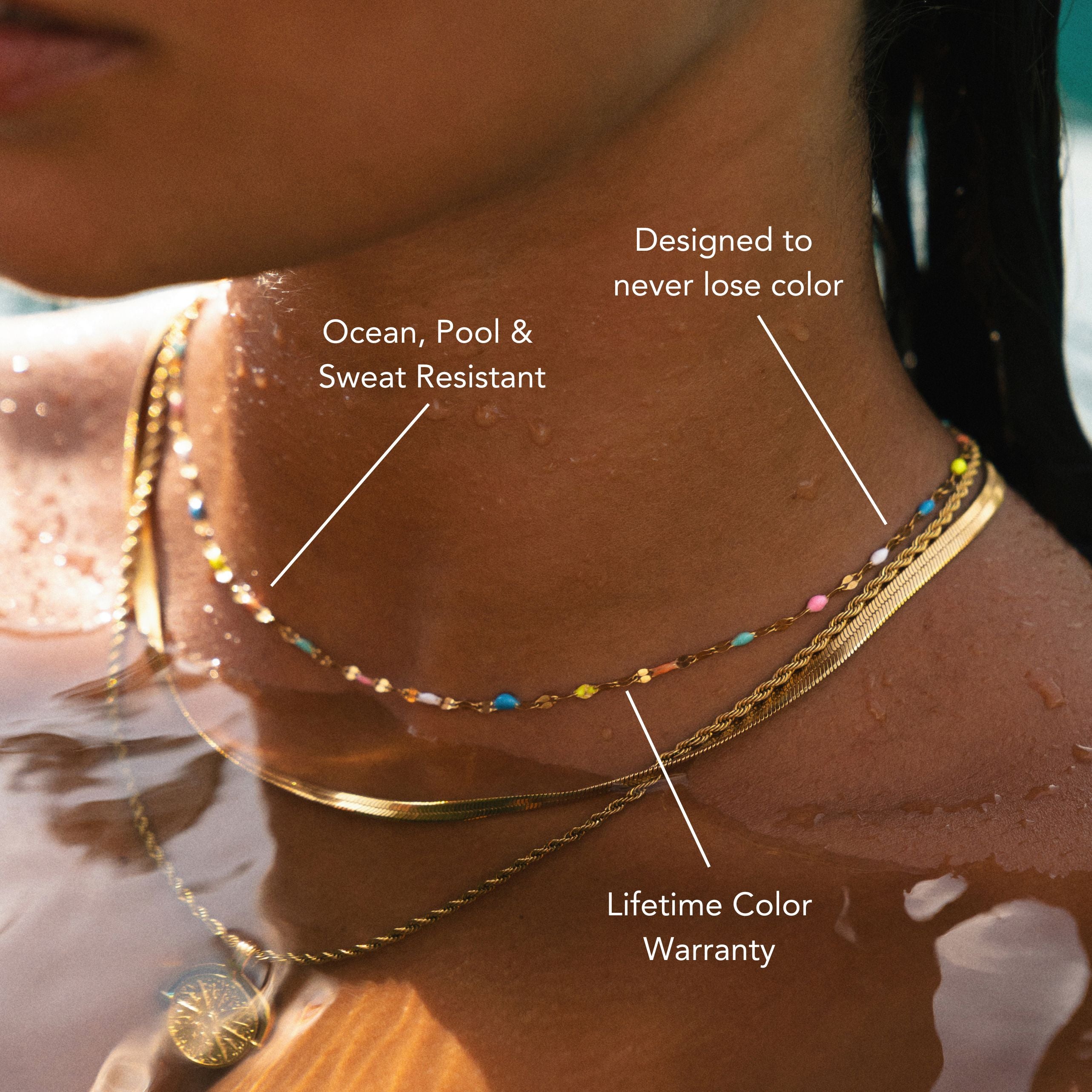10 Different Types of Stingrays
Stingrays are easily one of the most recognizable marine creatures on the planet, thanks largely to their distinct appearance. As a result, they are quite popular not only among divers but for everyone else in the world. Stingrays can be found in various waters worldwide and can be found in either warm, cold, or temperate waters.
Their distinct appearance of being flat, wide-bodied makes them unique in their ways. Their unique combination of wide-body and a flat appearance makes them quicker to swim and can easily conceal themselves in various aquatic environments. If you want to learn more about the different stingray types, you are in for a treat, as we will be enumerating each one of them.
10 Different Types of Stingrays
Do you find stingrays interesting? If you want to learn more about stingray types, here’s the list.
Eagle Rays
Although stingrays are known to traverse through the bottom of the ocean. Eagle Rays are known to be active swimmers that are usually found in the open water. There are a few witnesses telling people that eagle rays jump out in the water in some cases.
Eagle rays are often found in temperate and tropical waters worldwide and are one of the most commonly found rays in the ocean aside from the spotted eagle ray. If you want to witness one, they have a relatively high eagle ray population around the Atlantic region.
Electric Rays
Most types of rays have a defense mechanism that is unique in its ways. For example, while stingrays are known to sting, and manta rays are quite huge to have predators, the electric ray, as the name suggests, uses electric shocks for their defense mechanism. These organs that generate electric shocks are found on both sides of their heads.
Electric rays don’t grow as large as some types of rays do. Furthermore, this type of stingray doesn’t use its dorsal fins to propel or swim. Instead, they use their tails for propulsion. Electric rays are found deep in the ocean, as deep as 3,000ft.
Manta Rays
Because of their humongous horn-like flaps, the manta rays are also called the Devil’s rays. Manta rays are one of the largest species of stingrays on the planet. They can grow for up to 30 feet in maturity. Yet, despite their large appearance, they aren’t known to be a threat to humans or encountered any attacks.
Manta rays are highly curious creatures and are often found swimming with divers too. Moreover, manta rays prefer temperate and tropical waters the same way as other rays. So if you want to dive along with these majestic creatures of the sea, you might have to go for spots near Rhode Island, Japan, or the coast of Southern California.
Deepwater Stingrays
Fourth on the list is the only member of the Plesiobatidae family, the deepwater stingrays. The deepwater stingrays aren’t known to grow as large as manta rays, and they are often sized on the small to medium-sized rays. One of their preferred diets is some species of bony fishes and small crustaceans.
They have a relatively high concentration of deepwater stingrays in the Indo-pacific waters. Deepwater stingrays can grow up to 9 feet, and one of their distinct appearances is their broad-angled snout that is quite dark on top but light underneath.
Butterfly Rays
Butterfly rays are exceptionally large. This type of ray includes smooth rays, backwater rays, zone-tail, and the Australian butterfly ray. Compared to manta rays, the butterfly rays are in the middle of the pack when it comes to size; they can grow as much as 13 feet with their diamond bodies.
One of their distinguishing characteristics is having a thorn-like point and long snout around their backs. The butterfly rays are the only types of rays found in Australian waters, especially in the Shark Bay and New South Wales region.
Bat Rays
Bat rays are a type of eagle ray that prefers more slough, kelp beds, sandy regions, estuaries, and bays. Furthermore, this type of ray can be found in high concentrations across the Galapagos region.
They can weigh as much as 200 pounds, and their wingspan can extend for up to 6 feet. However, one of their most impressive abilities is surviving and thriving through various water salinities. This means they can live in various environments or bodies of water.
Skate rays
Skates are closely related to stingrays. However, they do not sting. Instead, they have these sharp barbs found along their spines and some on their tails, primarily used as a defense mechanism to various predators.
One of their distinct characteristics is their elongated nose combined with a round or triangle body. Their primary diet consists of small crustaceans, shellfish, worms, and other types of small fish.
Whiptail Stingrays
As their name suggests, this type of stingray has a whip-like tail appearance combined with barbs at the end of the tip, which is poisonous too. They are commonly found in saltwater environments and are also known to thrive in freshwater environments. There are various types of whiptail stingrays, to name. This species includes the pelagic, sharp nose, porcupine, and mask, to name a few.
Standard Stingrays
One of the most commonly found types of stingrays is the standard ones; they are wide-bodied rays with a thin tail containing barbs with nodes for stinging purposes. Although not all stingrays have this feature, most of them have. The toxin is only thrown out for self-defense or whenever these rays feel threatened. Luckily, they don’t attack humans, just like how sharks deal with humans.
Six gill Stingrays
The last on our list is the only member of the Hexatrygonidae family. Sixgill stingrays, as the name implies, have six pairs of gill openings. Just for comparison, most types of stingrays only have five pairs of gill openings. They are commonly found in various locations worldwide, areas such as South Africa, India, Australia, and Japan.
Conclusion
Rays are some of the most unique and amazing sea creatures on the planet. They develop into remarkable abilities and features, making them loved by many. Knowing the different stingray types will help you know more about them. And when you see one, learn how to appreciate them and don’t do anything reckless.
In the end, it’s always the care of these creatures that matters. No matter what stingray type you get to encounter, show them kindness. That way, you’re also showing that you care for the ocean.
Another exciting way of showing your care to the ocean is by wearing our ATOLEA Ocean - inspired jewelry. We have beautiful selections of Ocean Bundles including Manta Lovers Bundle for those who will love to bring the manta rays with them.
So dive into our ATOLEA Jewelry collections now and wear the Summer vibe all year long!




















Leave a comment
This site is protected by hCaptcha and the hCaptcha Privacy Policy and Terms of Service apply.